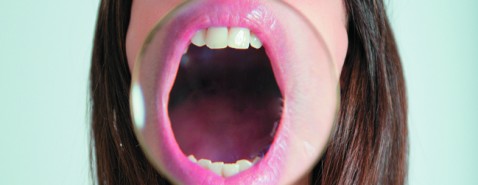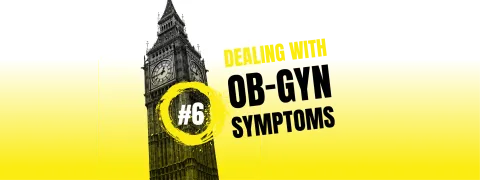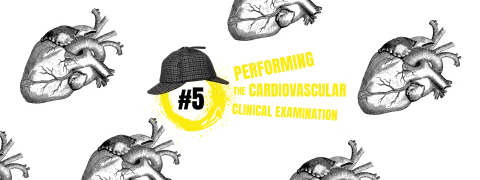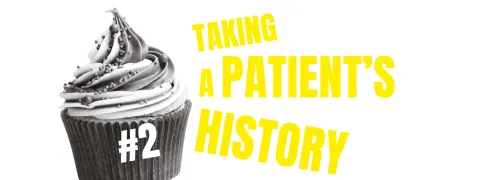
In each issue, you will find a new contribution dealing with the different features of the oral presentation. Supplementary exercises along with a bilingual version of the texts presented in the paper version are available in this online version. On this site, you can also find the translation of the key expressions, one or two short videos corresponding to the topics covered in each issue and an audio file for the pronunciation of tricky words.
Suite à notre série de contributions sur le thème de l’article de recherche dans WUD, nous avons été invités à poursuivre cette collaboration, et il nous a paru logique de proposer quelques conseils sur la communication orale.
Dans chaque numéro, vous trouverez une nouvelle contribution présentant les différentes caractéristiques de la communication orale. Des exercices complémentaires ainsi qu’une version bilingue des textes de la version papier sont disponibles dans cette version en ligne. Sur ce site, vous trouverez également la traduction des expressions essentielles, une ou deux courtes vidéos correspondant aux thèmes abordés dans chaque numéro et un fichier audio correspondant à la prononciation des mots difficiles.
The introduction
L’introduction
Chairman: I’d like to present Pr Sylvain Hébon from the Dijon Teaching Hospital ![]() , France who is going to give a presentation entitled
, France who is going to give a presentation entitled ![]() "The influence of red wine on cardiovascular disease
"The influence of red wine on cardiovascular disease ![]() "...
"...
Pr Sylvain Hébon: Mr Chairman, dear colleagues ![]() . First of all, I’d like to thank the organizers for giving me the opportunity to present to you the project of our Dijon team on the beneficial effects of red wine on the cardiovascular system.
. First of all, I’d like to thank the organizers for giving me the opportunity to present to you the project of our Dijon team on the beneficial effects of red wine on the cardiovascular system.
I imagine everybody here is now familiar with the French paradox, which was first reported in the literature ![]() by Pr Corton in 1993. The paradox is the fact that French people who have a diet
by Pr Corton in 1993. The paradox is the fact that French people who have a diet ![]() rich
rich ![]() in saturated fats enjoy a low incidence
in saturated fats enjoy a low incidence ![]() of coronary artery disease?
of coronary artery disease?
Much research ![]() has been done on this issue and it was suggested
has been done on this issue and it was suggested ![]() by Pr Romanée et al
by Pr Romanée et al ![]() . that the regular consumption of red wine in some way protected the cardiovascular system.
. that the regular consumption of red wine in some way protected the cardiovascular system.
The question ![]() that arises
that arises ![]() is what component of red wine provides this protective effect. Several hypotheses
is what component of red wine provides this protective effect. Several hypotheses ![]() have been put forward. The most convincing one so far is the one that involves the polyphenol resveratrol, as suggested by Pr Pinot. Resveratrol comes from the skin of grapes used to make wine. An animal study in a mouse
have been put forward. The most convincing one so far is the one that involves the polyphenol resveratrol, as suggested by Pr Pinot. Resveratrol comes from the skin of grapes used to make wine. An animal study in a mouse ![]() model showed that low doses
model showed that low doses ![]() of resveratrol mimicked some of the benefits of caloric restriction in that it reduced the effects of aging
of resveratrol mimicked some of the benefits of caloric restriction in that it reduced the effects of aging ![]() . However, the doses of resveratrol necessary to produce this effect were equivalent
. However, the doses of resveratrol necessary to produce this effect were equivalent ![]() to one thousand litres of red wine per day. The harmful effect on the liver
to one thousand litres of red wine per day. The harmful effect on the liver ![]() would far outweigh
would far outweigh ![]() any beneficial effect on the heart
any beneficial effect on the heart ![]() .
.
In this talk, I will be presenting the latest research on this topic, the probable mechanisms ![]() of action of this molecule, and other components of red wine that may also be beneficial.
of action of this molecule, and other components of red wine that may also be beneficial.
(To be continued…)
Click on the orange words to hear how they are pronounced.
Cliquer sur les mots en orange pour entendre leur prononciation.
Click on the following links to watch two short videos:
Cliquer sur les liens suivants pour voir deux courtes vidéos :
*Professeurs d’anglais médical à l’université de Dijon













